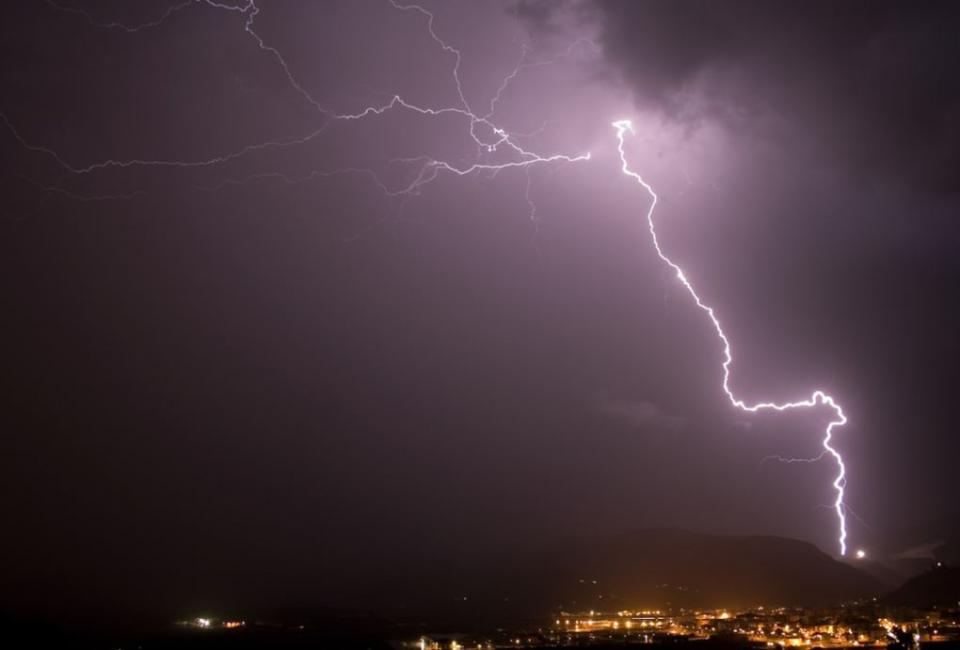
PUBLICATIONS
Published works

Statistical models for the location of lightning caused wildfire ignitions
| Title | Statistical models for the location of lightning caused wildfire ignitions |
| Publication Type | Thesis |
| Year of Publication | 2018 |
| Authors | Read, N |
| Academic Department | School of Mathematics & Statistics |
| Number of Pages | 258 |
| Date Published | 05/2018 |
| University | The University of Melbourne |
| City | Melbourne |
| Abstract | Lightning-caused wildfire is a significant concern for fire management agen cies worldwide. Unlike other ignition sources, lightning fires often occur in remote and inaccessible locations making detection and suppression particularly challenging. Furthermore, individual lightning storms result in a large number of fires clustered in space and time which can overwhelm suppression efforts. Victoria, Australia, is one of the most fire prone environments in the world and the increased frequency of large-scale landscape fires over the last decade is of particular concern to local wildfire management authorities. This thesis is concerned with modeling lightning-caused wildfire ignition The first half of this thesis looks at regression models. We review methods for the model selection, validation, approximation and interpretation of generalised additive models. A review of performance metrics, such as the AUC, shows the difficulties and subtleties involved in evaluating the predictive performance of models. We apply this theory to construct a non-linear logistic regression model for lightning-caused wildfires in Victoria. The model operates on a daily time scale, with a spatial resolution of 20 km and uses covariate data including fuel moisture indices, vegetation type, a lightning potential index and weather. We develop a simple method to deconstruct model output into contributions from each of the individual covariates, allowing predictions to be explained in terms of the weather conditions driving them. Using these ideas, we discuss ranking the relative ‘importance’ of covariates in the model, leading to an approximating model with similar performance to the full model. The second half of this thesis looks at point process models for lightning caused ignitions. We introduce general theory for point processes, focusing We fit an inhomogeneous Poisson process model as well as a Thomas and Cauchy cluster process model to the Victorian lightning-caused ignition dataset. The cluster process models prove to have significantly better fit than the Poisson process model, but still struggle to reproduce the complex behaviour of the physical process. |
| URL | https://minerva-access.unimelb.edu.au/bitstream/handle/11343/214157/Statistical%20models%20for%20the%20location%20of%20lightning-caused%20wildfire%20ignitions%2C%20Nicholas%20Read.pdf?sequence=1&isAllowed=y |
Published Works


